A Young Person’s Reflection from Kalimantan on the Forest That’s Disappearing
Wahyu Anggraini
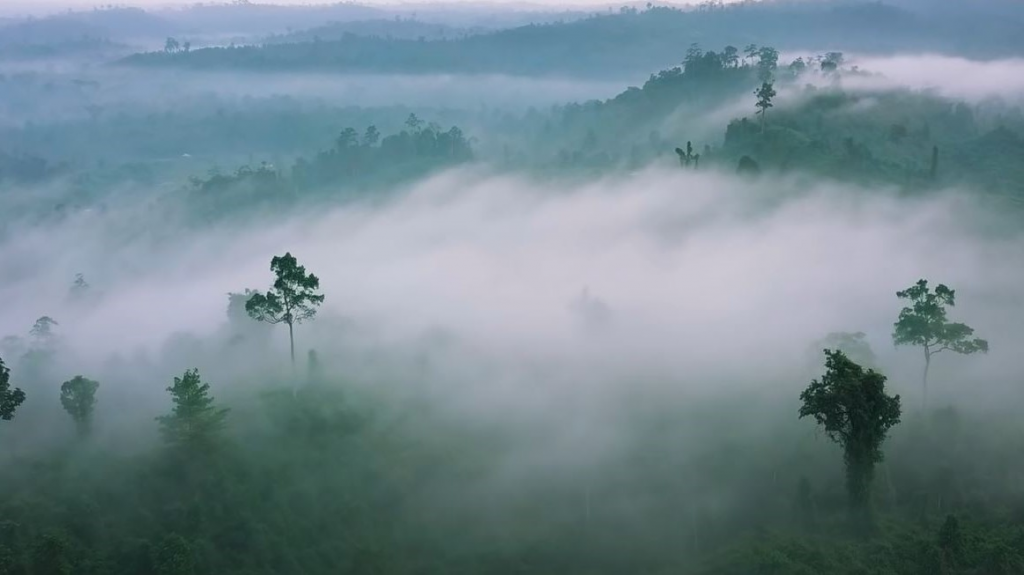
Pontianak, the capital of West Kalimantan province on the island of Borneo, Indonesia, sits right on the equator and is known for its rich rivers, dense rainforests, and diverse wildlife.
This city, a hub of trade and culture, has historically thrived alongside the surrounding forests that supplied food, clean water, and livelihoods to its people. The landscape is characterized by meandering rivers, swamps, and patches of tropical rainforest, home to hornbills, orangutans, and countless endemic species. Yet, in recent decades, Pontianak and the wider Kalimantan region have experienced the visible scars of deforestation, forest fires, and environmental degradation.
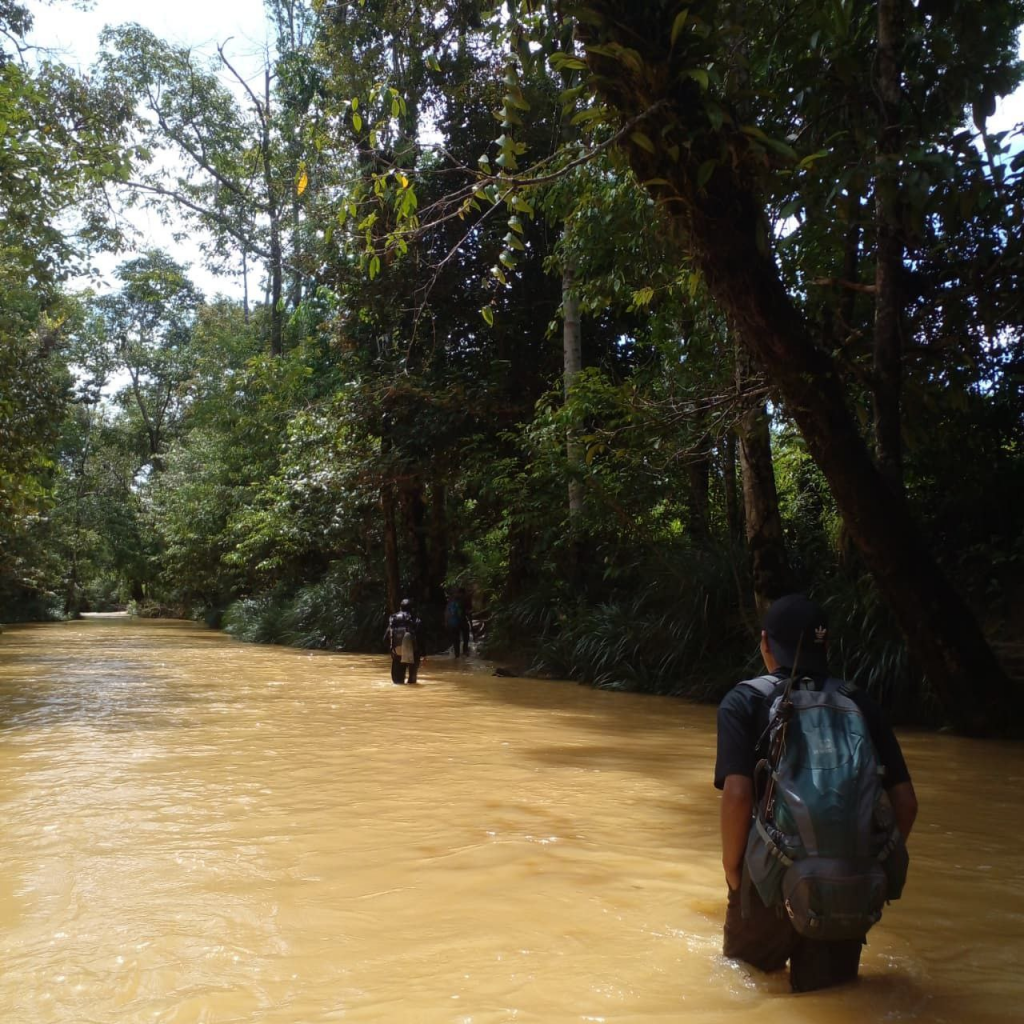
Once lush forests that cooled the air and fed the rivers are now fragmented, and seasonal haze has become an unsettling norm, transforming the city’s skies and threatening both human health and the ecosystems that have sustained generations. For young people growing up here, like the narrator of this reflection, the challenge is to reconcile the stories of vibrant forests they inherit from their parents with the harsh reality of forests disappearing before their eyes.
When “development” promises us a brighter future, what we actually live with are choking haze, burning heat in the city, and rivers that no longer run clear. On the map, this land still looks green and vast, but in my eyes that green fades more and more each year.

There was a time when the wind carried coolness from the forest straight into our homes, when the sound of insects was the night’s natural music, and the rain brought the fresh scent of wet soil mixed with rubber leaves from the backyard. Hornbills flying low over the treetops weren’t rare sights back then—they were just part of everyday life. But over time, stories of dense forests, clear rivers, and familiar animals have been replaced by stories of loss.
The numbers of deforestation are no longer just rows of data—these numbers feel like repeated bad news, a sign that the land where I live is slowly losing its pulse.
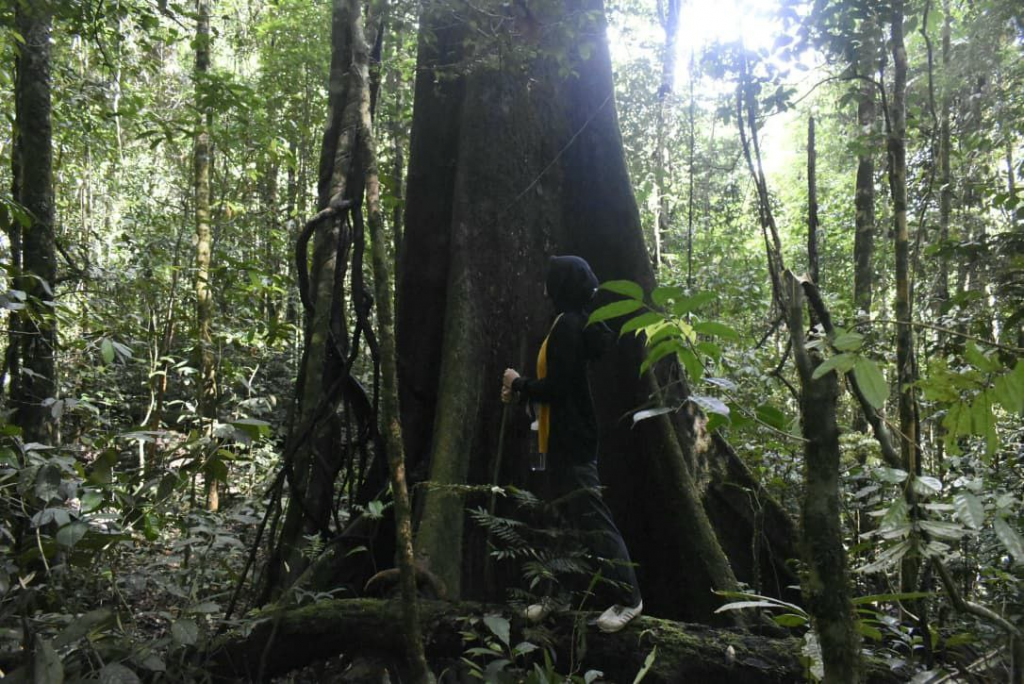
My parents often told me that the forest used to be very dense and people depended on it for life. The clear rivers became places where they bathed and fishing without fear of itching or being hurt. I grew up with those stories, but as I grew older, they felt like memories impossible to repeat. The big tree where I once tied my swing is now only a stump, the river where we used to bath together now smells like mud and sometimes there are full of trash.

Sometimes I think, maybe the children after me will never know what it feels like to bath in a river as clear as glass, or even will never see the animals we often found them anymore.
There is an incident that i will never forget, when thick haze came a few years ago. Our school was closed for almost a whole week, not because of holiday but because the air was too dangerous to breathe. That morning, when I opened the door of our house, the smell of smoke immediately stabbed my nose, as if there was a giant furnace that never went out. We were forced to wear worn-out masks everywhere, even inside the house. The sky turned gray, the sun looked only like a faint orange circle behind the haze, and everything felt like the world was being sick.

Ironically, at the same time, television broadcast company ads with cheerful faces saying, “Development for a greener future.” Meanwhile, from the window of our house, the air full of dust and smoke pierced our lungs and dried our throats. The government and companies busily repeated terms that sounded grand “green investment,” “sustainable development,” “golden future.” As if those words were enough to cover the wounds of land that is increasingly bare and water that is getting murky.
Those words flowed sweetly, neatly, like fresh paint covering cracked walls, but behind it fragile and almost collapsing. It is as if two worlds are walking in opposite directions: one world living in giant billboards, advertising posters, and official speeches full of colors and promises, while the other is real on muddy streets, in the air thick with haze, and in small houses where children cough through the night. In that significant difference, I often feel like living between two sided mirror: one reflecting a beautiful promised future, and the other showing the tired, hot, and suffocating face of today. Sometimes I ask myself, do they really believe that narrative, or are they deliberately selling false dreams so we forget the reality? If the promised future will be beautiful, why is today so bleak?
Every time I imagine the future, anxiety slips in. What if ten or twenty years from now on, the generation after me grows up without knowing endemic flora and fauna? What if they only know the word “hotspot” without knowing the names of local birds? I imagine children going to school wearing masks, not only during a pandemic, but every dry season because the haze returns. Rivers that should be the source of life turn into streams of brown muddy water. Sometimes I am afraid that maybe we, the young generation, will only inherit stories of the forest, but not the forest itself.
As a 20-year-old student, I often feel my voice is too low to be heard. How can my whispers compete with the roar of chainsaws or the engines of heavy machines? But there was a bit moment that made me thinking back again. One day, my friends and I joined an environmental discussion. At first we hesitated, feeling it was useless. But after talking, I realized that small conversations can be the starting point. From simply sharing stories, then awareness grows, then it spreads into a bigger movement.
Maybe it is true, i have a low voice, but if combined with the voices of the other friends, it can turn into a louder echo. Even though reality often feels bitter, I believe hope is the last thing we must hold on to. I want, someday, when my child asks about the forest, I can take them to walk by a clear river, to hear the sound of birds that still exist, and to show them that even though it was once destroyed, we managed to restore the forest.
Not only telling, “There used to be a forest here, but it was cut down.”
But being able to say, “Yes, this forest was once wounded, but we chose to care. That’s why you can still see it today.”
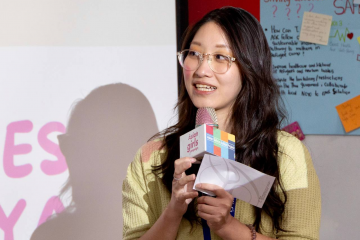
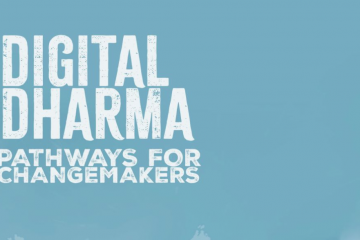
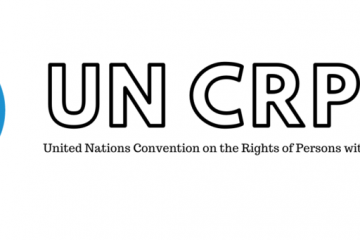
0 Comments